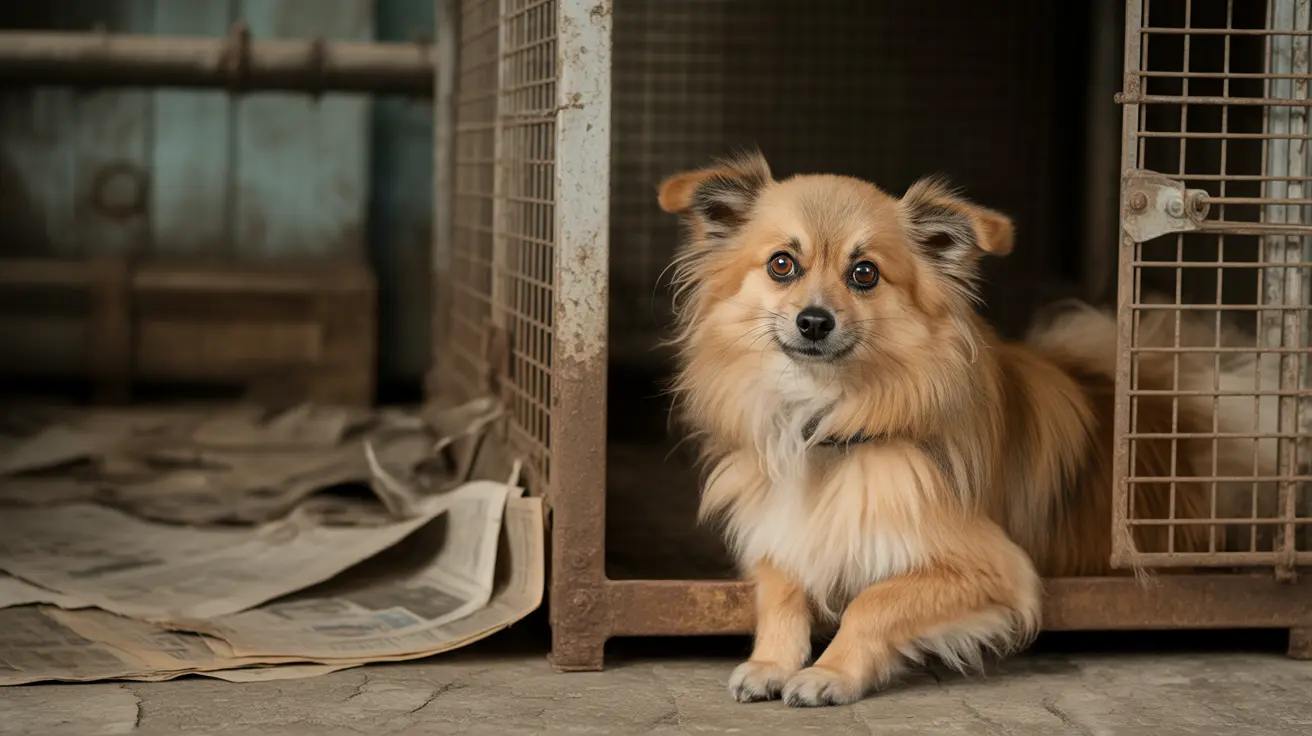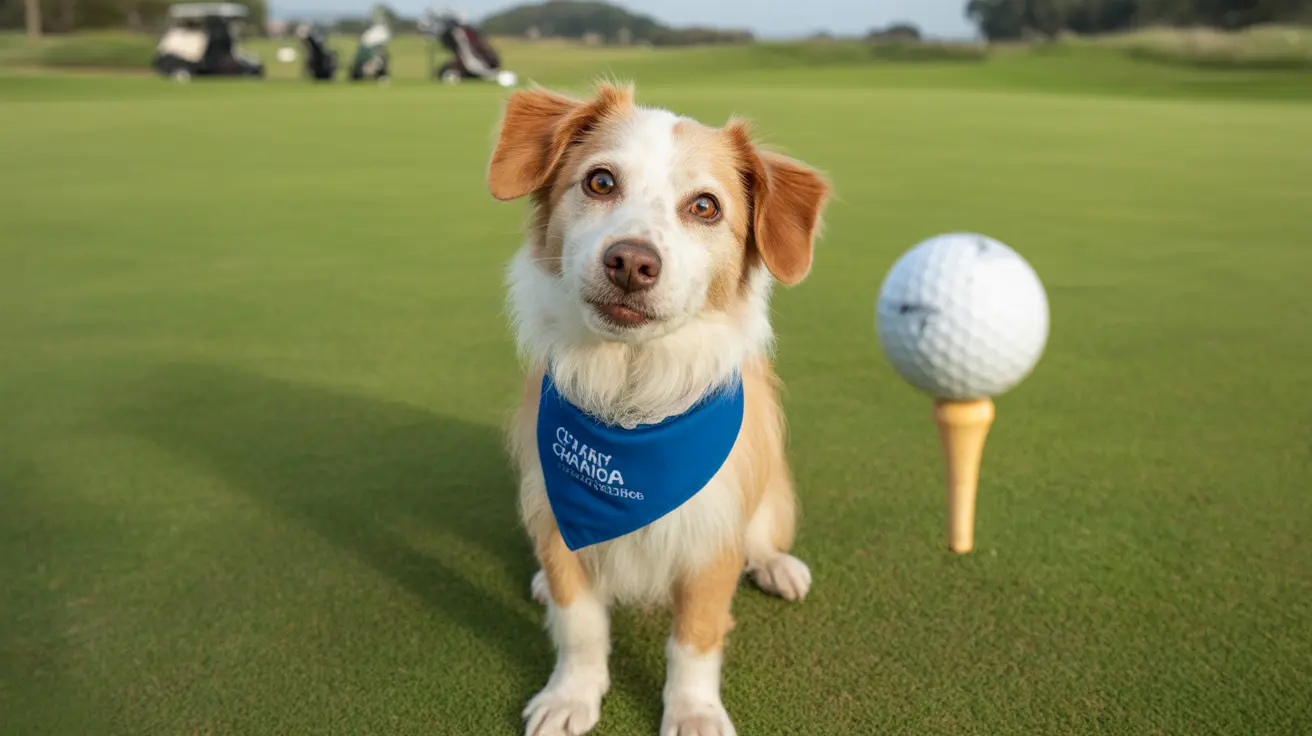Why You Should Never Feed Your Dog Raw Pork
Feeding your dog a well-balanced, nutritious diet is crucial to ensuring their health and longevity. While many pet owners consider meat a healthy source of protein for dogs, not all meats are safe. One specific type of meat you should never feed your dog is raw or undercooked pork. This article explores the reasons behind this warning and offers guidance on safe dietary practices for your four-legged companion.
The Hidden Dangers of Raw Pork
The primary concern with feeding dogs raw pork is the potential presence of parasites. Trichinella spiralis larvae, a dangerous type of parasite, can reside in uncooked pork and pose serious health risks to both humans and dogs. If your dog ingests infected meat, it may suffer from a condition called trichinosis, which can lead to:
- Vomiting
- Diarrhea
- Fever
- Muscle inflammation
- Lethargy
This parasite can be especially dangerous in small or immunocompromised dogs.
Fat Content and Digestive Distress
Even if pork is cooked, it tends to have a high fat content. Dogs have a different digestive system compared to humans and excessive fat intake can lead to pancreatitis, a painful and potentially life-threatening condition. Signs of pancreatitis in dogs include:
- Loss of appetite
- Abdominal pain
- Hunched posture
- Vomiting
- Diarrhea
For breeds particularly prone to digestive issues, like Miniature Schnauzers or Cocker Spaniels, pork fat can significantly increase health risks.
Preservatives and Seasonings: Another Layer of Risk
Processed pork products, such as ham, bacon, or sausages, are often laden with seasonings, preservatives, and sodium that are harmful to dogs. Common seasonings like garlic and onion can be toxic. High sodium levels can lead to:
- Excessive thirst
- Vomiting
- Sodium ion poisoning
- Seizures
- Organ failure in severe cases
Additionally, nitrates and nitrites used to preserve pork products have been linked to health issues in pets.
Bones in Cooked Pork
Cooking pork may seem like a safer option, but it introduces a new risk: brittle bones. Pork bones become sharp and fragile when cooked, potentially causing:
- Choking hazards
- Obstructions in the digestive tract
- Internal bleeding from splinters
Veterinarians strongly discourage giving dogs cooked bones of any kind, including pork.
Safe Alternatives to Pork
There are many safe and nutritious meats that can be used instead of pork in your dog’s diet. Recommended options include:
- Chicken: Lean and widely tolerated by most dogs.
- Turkey: Another lean meat, low in fat and rich in protein.
- Beef: Provides essential nutrients like iron and B vitamins.
- Fish: Salmon and sardines offer beneficial omega-3 fatty acids.
Always make sure these meats are fully cooked and served unseasoned to ensure your dog’s safety.
How to Recognize Unsafe Foods for Dogs
As a pet owner, it’s essential to be aware of food items that may pose a risk to your furry friend. Beyond pork, other examples include:
- Chocolate
- Grapes and raisins
- Avocado
- Alcohol
- Onions and garlic
- Macadamia nuts
When in doubt, consult your veterinarian before introducing new food into your dog’s diet.
Conclusion: Make Informed Choices
A dog’s diet significantly impacts their overall health. While meat can be a central part of a canine diet, not all types are suitable. Raw or undercooked pork carries multiple risks, including parasites, pancreatitis, and internal injuries from bone splinters. Stick to safer alternatives and always prioritize your dog’s well-being when considering feeding choices.





